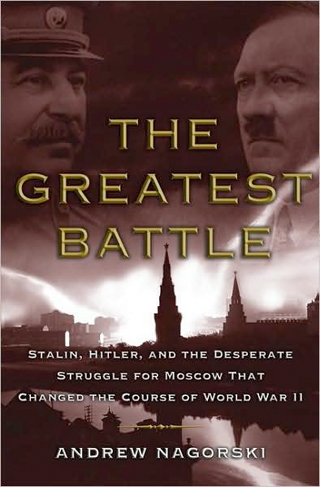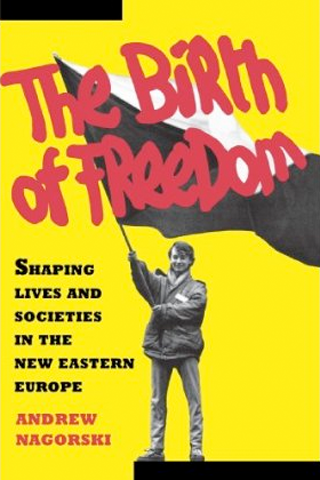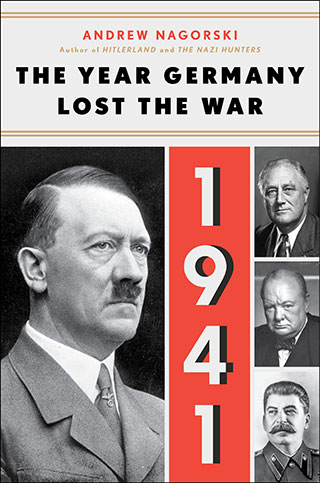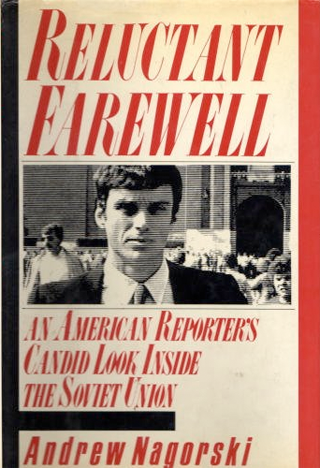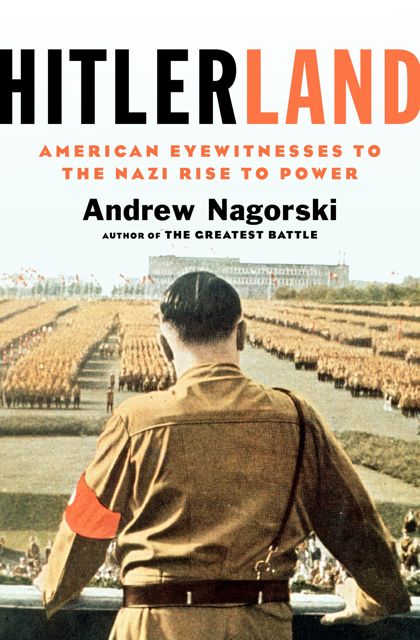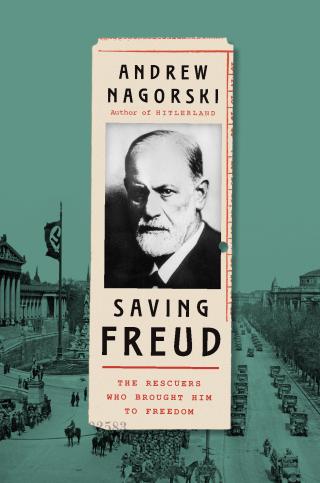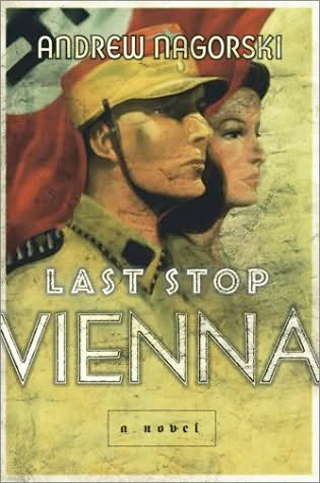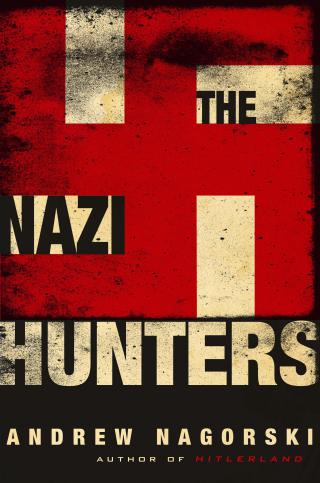One of the oft-repeated stories among soldiers in Vietnam concerned a purported island in the Pacific where the U.S. Army would dispatch those men who had contracted incurable forms of venereal disease. To spare their families embarrassment, so the stories went, the military would inform them that their loved ones had gone missing in action--and the afflicted soldiers would never return. To this day, some Vietnam veterans remain firmly convinced that this really happened.
"It is of course a false and absurd story," writes Gary Kulik, who served as a medic in Vietnam. "In my experience some young soldiers thought that their repeated cases of gonorrhea were marks of virility, rather than symptoms of long-term unpleasantness. I can easily imagine medics, who were usually older and better educated, using such a fantasy for its invigilating effects."
Kulik's wry comment about this fantasy island constitutes a rare lighter moment in an otherwise deadly serious, emotionally charged book. Anyone who grew up in the 1960s--whether he served in Vietnam, took to the streets in protest, did both, or neither--is likely to hesitate before picking up a book with the subtitle: "False atrocity tales, Swift Boaters, and Winter Soldiers--What Really Happened in Vietnam." The instinctive reaction is to ask what ideological line Kulik is peddling--and why should I, as a reader, dredge up all the political, personal, cultural, and psychological battles of that era? What more is there to be said?
The short answer is "a lot," and Kulik says it extraordinarily well. At a time when most people who lived through the war in Vietnam would rather cling to their own versions of events, disregarding anything that complicates the narrative that they've accepted in their minds as the truth, along comes a writer who refuses to settle for simple ideological answers of either the left or the right. Instead, he follows the evidence wherever it leads him, scrupulously examining the record of how American soldiers behaved when they served in Vietnam, and the stories they have been telling since they came home.
Kulik's ability to navigate and weigh seemingly contradictory evidence, coming to conclusions that will not please the ideologues of either side, flows from his own complex feelings about Vietnam. As a graduate student at Brown, he was opposed to the war and applied to be classified as a conscientious objector. But he expressed his willingness to serve in a noncombatant role in the military, and was inducted into the Army in 1969. While enjoying a cushy assignment as a writer in the Historical Unit of the Walter Reed Army Medical Center, he penned antiwar articles and was even arrested in a demonstration. (Because he was in civilian clothes and released quickly, his superiors didn't learn about this.) In June 1970, he was shipped to Vietnam, where he served as a medic and then, somewhat to his frustration, as a clerk to the battalion adjutant. He volunteered to join a flight crew, but was rejected because of less-than-perfect vision. He was still technically a conscientious objector, but he clearly wanted to be in on the action. The war no longer looked black and white to him, nor did the warriors.
Kulik methodically sets out to debunk anything he has concluded is a lie or misrepresentation about that period. What is held to be true isn't necessarily true, he argues, even when there are Vietnam veterans claiming responsibility for particular actions. His most graphic example: The case of Kim Phuc, the nine-year-old girl who was badly burned in a napalm attack in 1972, and was famously photographed running naked in agony. She was later rediscovered by Western journalists, and in 1996, she attended a Veterans Day ceremony at the Vietnam Veterans War Memorial in Washington. Addressing the crowd, she told them that, if she could meet the pilot who napalmed her, she would ask him "to promote peace." At that point, John Plummer passed a note to her saying: "I am THAT man."
The two embraced and Phuc said, "I forgive you." The only problem was that, as Kulik points out, Plummer was not that man. Yes, he served in Vietnam, but his entire story falls apart on closer examination. The real pilot was a South Vietnamese who had responded to an appeal for help from South Vietnamese troops under attack. So why did Plummer claim he was the guilty one? It produced invitations to appear on Nightline, a documentary on A&E, and countless other appearances to talk about forgiveness. That, in turn, strengthened his reputation as a minister in Purcellville, Virginia.
Kulik argues that many people--including some Vietnam veterans--have come to accept an image of the war that is heavily influenced by popular culture. Books like Michael Herr's Dispatches and movies like Apocalypse Now and Taxi Driver painted a picture of a war where everything goes, and soldiers routinely were crazed both on the battlefield and when they returned home. The notion of a "post-Vietnam syndrome" gained wide acceptance, with claims that Vietnam veterans suffered an unprecedented level of trauma and suicide rates.
Kulik marshals the evidence that this is wide off the mark. Partly because the military was more experienced in dealing with psychological problems during the Vietnam war than in earlier conflicts, the rate of psychological breakdown was much lower than it was in either the Korean war or World War II (11 per 1,000 troops in Vietnam as compared to at least triple that rate in Korea). A 1988 study by the Department of Veterans Affairs found that Vietnam veterans had a 7 percent lower risk of suicide than veterans of other wars.
All of which sets the context for Kulik's main interest: How true were the stories of widespread atrocities in Vietnam? Here, too, he dismisses some popular myths, like the frequently told tales of helicopter crews throwing out prisoners in flight. But the key sections of this book consist of his examination of the records of military investigations and trials, along with the stories told by Vietnam veterans, especially those in the antiwar movement.
Kulik isn't claiming that the Vietnam war didn't produce its share of atrocities, or take a heavy psychological toll on some soldiers. "I shared a barracks room with a heroin addict who would be arrested for losing it one night and firing directly into a Vietnamese settlement immediately outside our perimeter," he writes. Elsewhere, he adds, "Americans did commit war crimes in Vietnam, and even now, no one of good conscience can claim that all those war crimes have come to light."
But his main focus is on debunking the exaggerations and outright fabrications that have contributed to the impression that the My Lai massacre wasn't some horrendous exception to the rule but typical of what happened. In particular, he takes on the Winter Soldier Investigation (WSI) that featured the most hair-raising testimonies about alleged atrocities, including the stories about tossing prisoners from helicopters and the crucifixion and skinning of others. He convincingly demonstrates both the absurdity of many of those claims and the dubious credentials of some of the accusers.
"The reason to expose false atrocity stories is so we can retain our outrage at true atrocity stories," he maintains.
Kulik follows up on the military investigations of several cases. The saga of what happened, the often-contradictory testimonies at the time, and the recollections of those veterans he tracked down for this book, contain an accumulation of evidence that makes some sections a slog. Still, it's this attention to detail that allows him to conclude in the cases he examines that war crimes were committed--but on nothing like the scale of popular lore. The sum total of confirmed war crime cases to come out of the WSI testimonies, he insists, is exactly one.
Kulik lauds a soldier who, he finds, spoke the truth about a war crime committed by his unit, despite intense pressure to go along with a whitewash. And he isn't about to join those who tar every veteran who protested the war and offered more sweeping judgments. While hardly a fan of John Kerry, who participated in WSI and backed its extravagant claims, he is scathing in his criticism of the Swift Boat Veterans who sought to prove that Kerry was surrounded by fake veterans making fake charges.
"The case that 'many' of those at the WSI were frauds was itself a fraud," he concludes--although he adds that many of those who later joined Vietnam Veterans Against the War "were neither veterans nor were they truly against the war."
Nothing is simple about Kulik's feelings or findings. He explains that he stands on "the narrowest of moral ledges, condemning the way we fought the war, but wishing the South Vietnamese had prevailed ... proud of my reluctant, conscience-driven service, outraged by war crimes like the one at My Lai, but intent on exposing fake war crime stories." In other words, War Stories tries to provide as accurate an account as possible. Because of the intense passions on both the left and the right, this is a herculean task--but Kulik pulls it off.
Andrew Nagorski, vice president and director of public policy at the EastWest Institute, and the author of The Greatest Battle: Stalin, Hitler, and the Desperate Struggle for Moscow That Changed the Course of World War II, is working on a book about Americans in Hitler's Germany.


